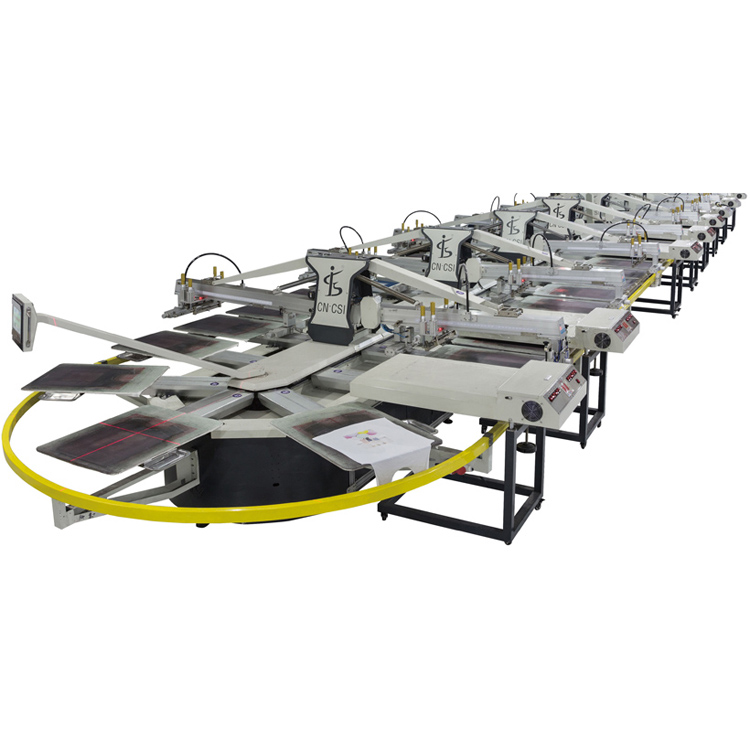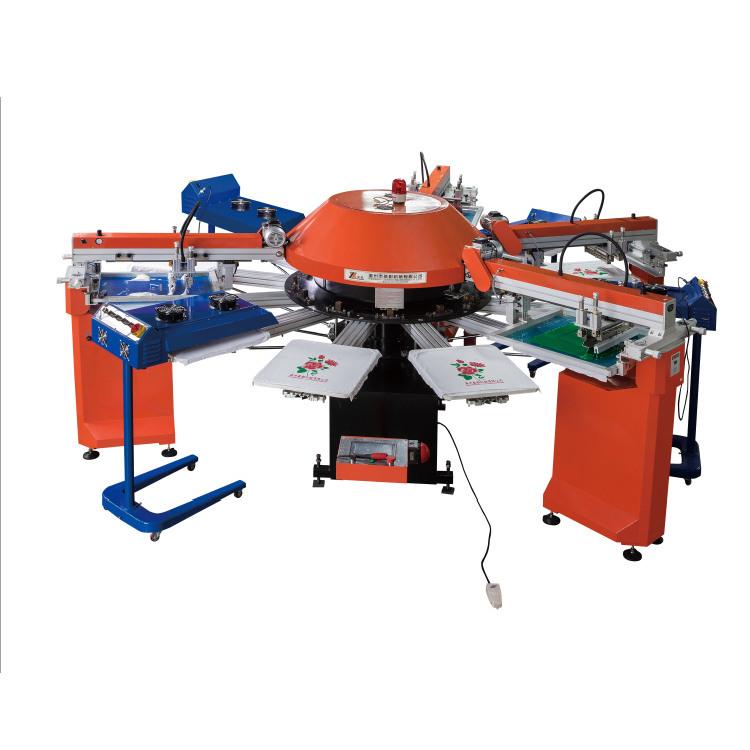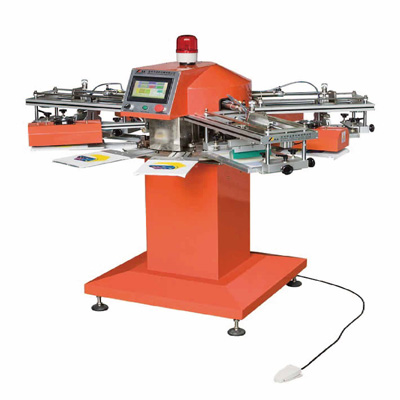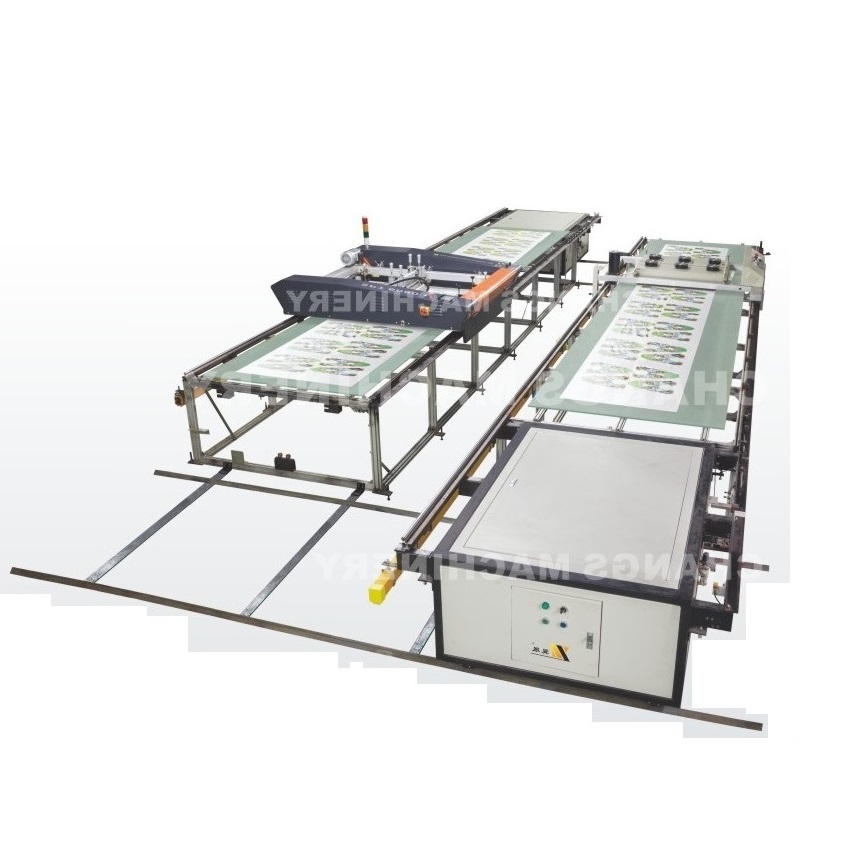Blown film machines are integral to the plastics manufacturing industry, playing a crucial role in producing thin, continuous sheets of plastic film used in a wide array of applications, from packaging food products and consumer goods to industrial uses like construction and agriculture. Understanding these machines is essential for businesses aiming to optimize production, maintain quality, and make informed purchasing decisions.
Key Components and Process
Key Components
1. Extruder: The heart of the blown film machine, the extruder consists of a barrel and a screw. The plastic resin pellets are fed into the barrel, where they are heated and melted by the screw's rotation and the external heating elements. The screw then conveys the molten plastic forward towards the die.
2. Die: The die is a circular opening through which the molten plastic is extruded, forming a tube. The size and shape of the die determine the initial dimensions of the film tube. Different die designs can be used to produce films of varying thicknesses and widths.
3. Air Ring: Positioned just above the die, the air ring blows a controlled stream of cool air onto the extruded film tube. This cools the film rapidly, solidifying it and maintaining its shape during the inflation process.
4. Haul - Off Unit: The haul - off unit consists of a set of rollers that pull the blown film away from the die at a controlled speed. The speed of the haul - off unit affects the thickness of the film; faster speeds result in thinner films.
5. Winder: The winder collects the cooled and solidified film and winds it onto a roll. It maintains a consistent tension during the winding process to ensure a uniform roll of film.
Process
1. Feeding: Plastic resin pellets are fed into the extruder hopper, which then delivers them to the barrel.
2. Melting and Extrusion: Inside the barrel, the pellets are melted by heat and mechanical action of the screw. The molten plastic is then forced through the die, forming a tube.
3. Inflation: Compressed air is introduced into the tube through a core pin, inflating it into a large bubble. The bubble is simultaneously cooled by the air ring as it expands.
4. Cooling and Solidification: The film continues to cool as it moves upwards, solidifying completely before reaching the haul - off unit.
5. Hauling and Winding: The haul - off unit pulls the film at a set speed, and the winder collects and winds the film onto a roll for storage or further processing.
Types of Blown Film Machines
1. Single - Layer Blown Film Machines: These machines produce a single layer of film. They are relatively simple and cost - effective, suitable for basic packaging applications where a single layer of plastic film provides sufficient protection and functionality, such as for wrapping small consumer items or simple food packaging.
2. Multi - Layer Blown Film Machines: Multi - layer machines, as the name implies, can produce films with two or more layers. Each layer can be made from a different type of plastic resin, allowing for the combination of various properties. For example, one layer may provide excellent barrier properties against oxygen or moisture, while another layer offers strength and durability.
3. Rotary Die Blown Film Machines: In rotary die machines, the die rotates during the extrusion process. This rotation helps to achieve more uniform film thickness around the circumference of the bubble, reducing thickness variations. Rotary die machines are often preferred for producing high - quality films with strict thickness tolerance requirements.
Key Buying Factors to Consider
Selecting the right blown film line is a major investment. Consider these factors carefully:
1. End Product Requirements: Film type (mono/multi), materials, thickness range, width, required properties (strength, barrier, optics), annual volume. Define this first.
2. Number of Layers: Determine if mono-layer suffices or if co-extrusion (and how many layers) is needed for functionality.
3. Material Compatibility: Ensure the extruder(s), screw design(s), and die are suitable for your primary resins (e.g., need special screws for barrier resins?).
4. Output Rate (kg/hr): Match machine capacity to your production volume needs. Don't under or drastically over-spec.
5. Cooling Method: Air cooling (standard), Water cooling (HPPE, PP, high speed), or IBC (high efficiency air cooling). Dictated by material and quality goals.
6. Bubble Size & Layflat Width: Die diameter determines max/min bubble diameter and thus max/min finished film width.
Troubleshooting Common Issues
Blown film extrusion is complex; problems arise. Here are frequent issues and potential causes:
1. Gels: Unmelted resin particles or degraded material. Causes: Poor screw design/wear, incorrect temperature profile, contaminated resin, degraded material in die.
2. Thickness Variation (Gauge Bands): Uneven material flow. Causes: Worn die lips, misadjusted die, temperature fluctuations, uneven cooling, screw/barrel wear, material inconsistency.
3. Bubble Instability (Dancing, Surging): Causes: Uneven melt temperature, die contamination, uneven air flow (internal/external), incorrect FLH, material moisture, extruder surging.
4. Wrinkles: Causes: Misaligned collapsing frame, uneven cooling, tension problems, gauge bands, die misalignment, incorrect blow-up ratio (BUR).
5. Poor Optical Properties (Haze, Lack of Gloss): Causes: Insufficient cooling (high FLH), incorrect melt temperature, material issues (e.g., wrong additive), moisture.
Quality Control
1. Thickness Measurement: Regularly measure the thickness of the film at various points across its width and length using thickness gauges. This helps to ensure that the film meets the specified thickness tolerance requirements. Statistical process control (SPC) techniques can be used to monitor and analyze thickness data over time, allowing for early detection of any trends or variations.
2. Visual Inspection: Conduct visual inspections of the film for defects such as holes, scratches, or uneven surfaces. Trained operators can quickly identify these issues and take corrective actions, such as adjusting the machine settings or replacing worn - out components.
3. Mechanical Property Testing: Test the mechanical properties of the film, such as tensile strength, elongation, and tear resistance. These tests can be performed using specialized testing equipment, and the results should meet the required specifications for the intended application of the film.
4. Barrier Property Testing: For films used in packaging applications that require barrier properties, test the film's ability to block oxygen, moisture, or other gases. Gas permeation and moisture vapor transmission rate (MVTR) tests can be carried out to assess the barrier performance of the film.
Conclusion
Blown film machines are complex yet essential pieces of equipment in the plastics manufacturing industry. By understanding their definition, components, types, buying factors, troubleshooting methods, and quality control measures, businesses can make the most of these machines, ensuring efficient production of high - quality plastic films for a wide range of applications.






